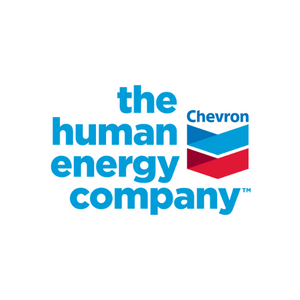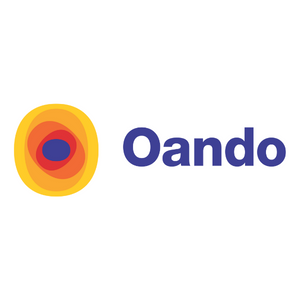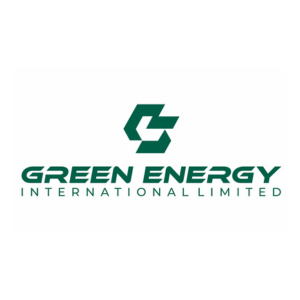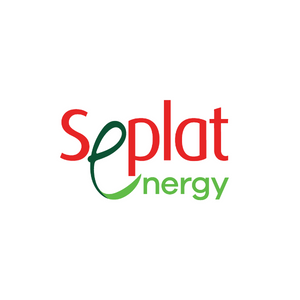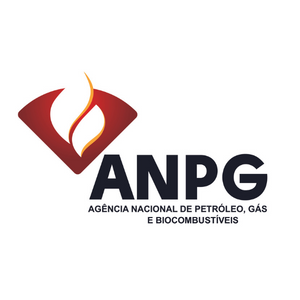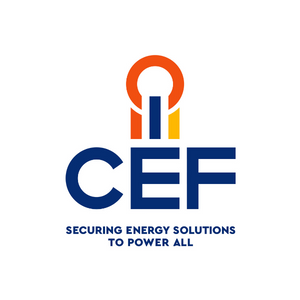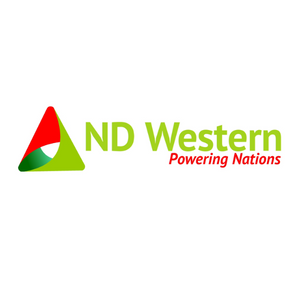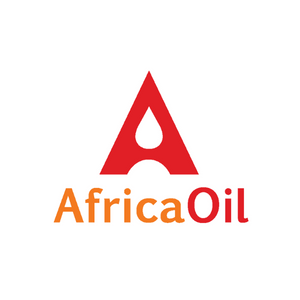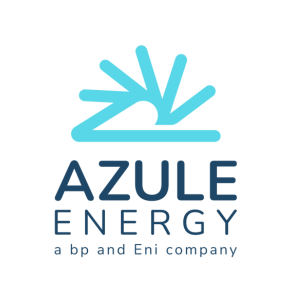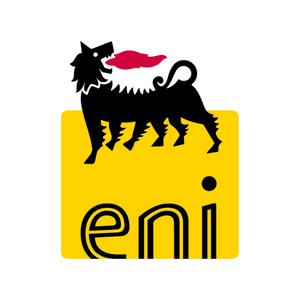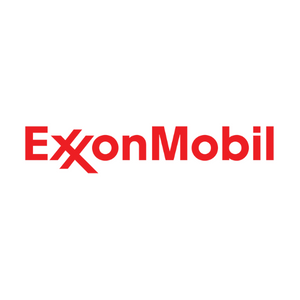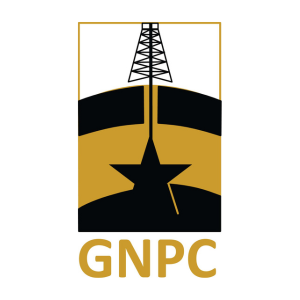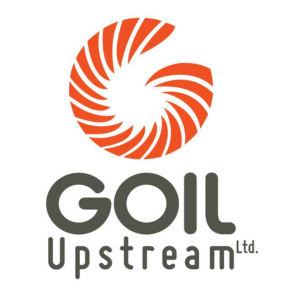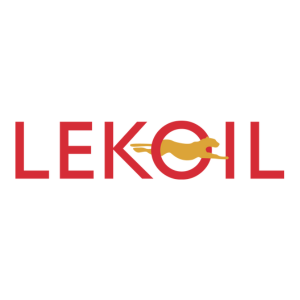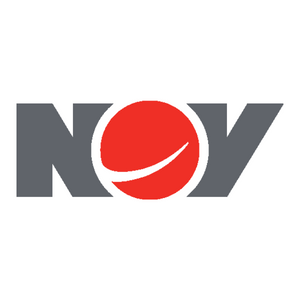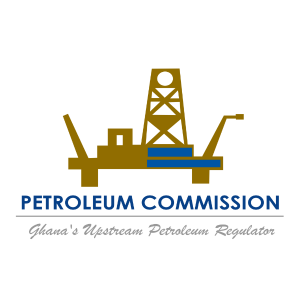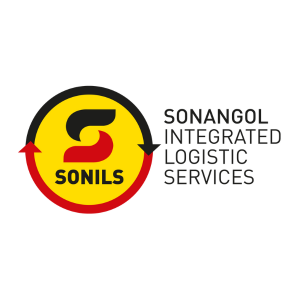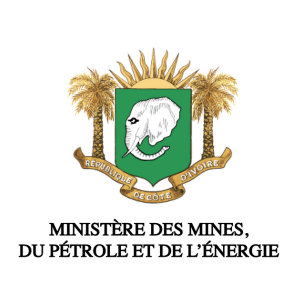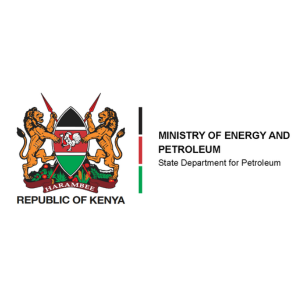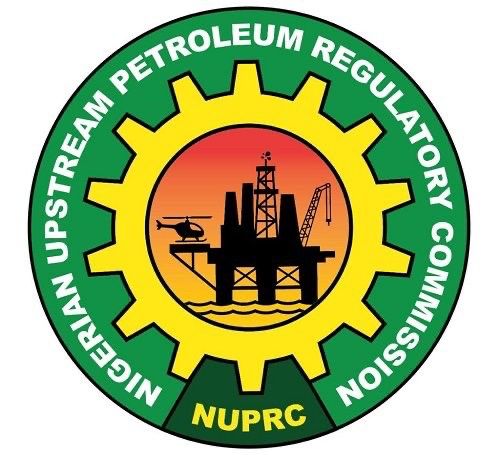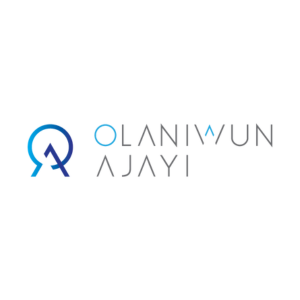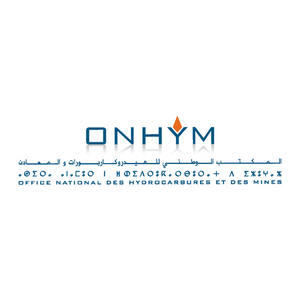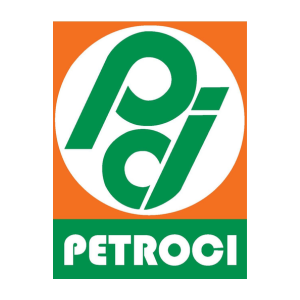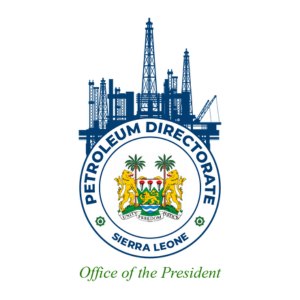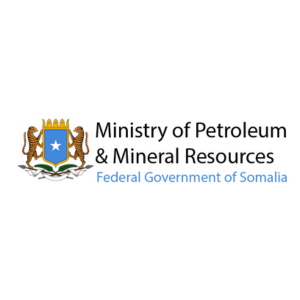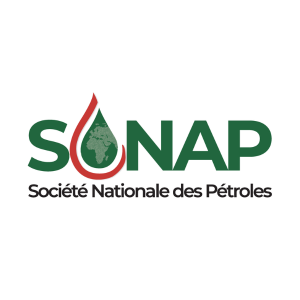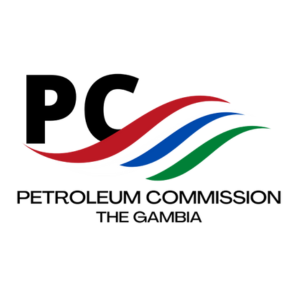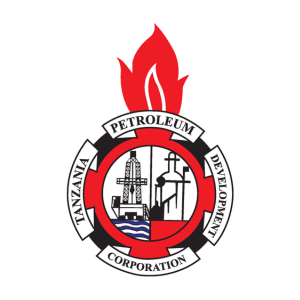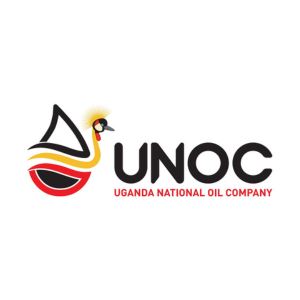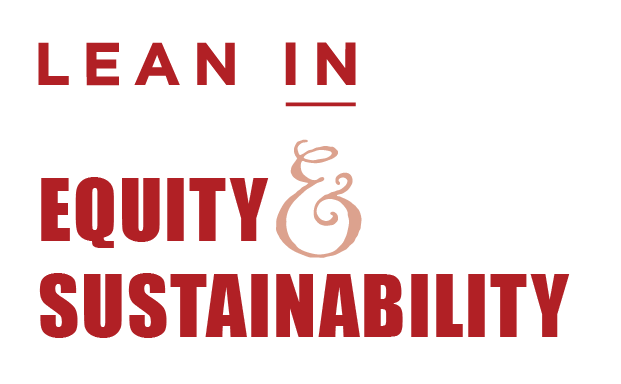2017 showed a cautiously optimistic side to the global oil & gas industry.
2017 showed a cautiously optimistic side to the global oil & gas industry. For instance, the oil price reached a two year high in November that year, suggesting more cash is ready to be pumped back into E&P activity – and some impressive megaprojects.
Worldwide recovery is going to be a long process, but that hasn’t stopped majors and minors in almost all geographies from pressing ahead with new developments. Let’s check out what the future holds in store with seven oil & gas projects to watch in 2018 and beyond.
Coral South LNG, Mozambique
Cost: $4.67 billion
Timeframe: 2012 – 2022
Africa holds enormous hydrocarbons potential, not least in its offshore acreages. In Mozambique, home to the gas-rich Rovuma Basin, the Coral Sea floating LNG project represents this fully. Indeed, the number of players involved in Coral South highlights the hidden riches lying in and off the continent.
The Coral Field holds around 450 billion cubic metres of gas. Eni East Africa serves as chief operator holding a 50% operating interest. Other partners have been drawn from across Africa and the world, including KOGAS (Korea), Galp Energia (Portugal), and Empresa Nacional de Hidrocarbontres (Mozambique), thanks to the resources held off Mozambique’s coast.
Construction of the floating processing facility is currently underway. Norway’s Aker Solutions inked a contract to deliver three umbilicals and related equipment to the project site in Mozambique in June 2017, helping kick the project off in earnest after it was initially earmarked back in 2012. Once complete in 2022, the FPSO is expected to pump out over 3.4 million tons of gas per year.
BP has bought the rights to purchase 100% of the gas produced at Coral South. Under the terms of this deal, BP can buy Coral South gas for the next 20 years, creating a steady income stream for both Eni and Mozambique itself.
Southern Gas Corridor, Caspian Sea-Europe
Cost: $41 billion
Timeframe: 2013-2018
Gas corridor projects don’t come much bigger than this. Conceived as an alternative to Russian delivery routes, the Southern Gas Corridor aims at shoring up European gas supplies by drawing on the Caspian Sea’s enormous reserves. Gas will be transported via pipeline to Europe through routes crossing Azerbaijan, Georgia, and Turkey.
Many sub-projects, worthy of inclusion on this list by themselves, fall under the umbrella of the Southern Gas Corridor. For instance, Azerbaijan’s massive Shah Deniz field expansion project, with its price tag of $23.9 billion, is part of the Corridor’s development.
But that isn’t all. To get the gas from the Caspian to Europe, several major pipelines are under construction. These include the $8 billion Trans-Anatolian Natural Gas Pipeline, and the $5 billion Trans-Adriatic Pipeline.
First gas volumes delivered from Shah Deniz to Turkey are expected by 2018, with Europe receiving its first supplies by 2020, according to project leads BP.
Jizzakh Oil Refinery, Uzbekistan
Cost: $2.2 billion
Timeframe: 2017-2022
Uzbekistan is preparing for something of an oil & gas spending spree, ready to pump $30.4 billion into hydrocarbon projects well into the next decade. The Jizzakh Oil Refinery, which broke ground in January 2017, is one of these.
This facility has been designed with a processing capacity of five million tons of oil a year once fully up and running in 2022. What’s more, it will also produce around 700,000 tons of jet fuel, and a further 300,000 tons of other oil-based products, annually. Output is expected to reach 1 million tons a year between 2019-2021, while the facility is being built.
Uzbekneftgas, Uzbekistan’s national gas producer, is funding the development of Jizzakh Refinery. Local specialists Enter Engineering are the projects’ main contractors, winning procurement and engineering rights in September 2017.
So where will Jizzakh source its raw materials from? According to Uzbekneftgas, oil will be supplied by Russian and Kazakh fields via the Omsk-Pavlodar-Shymkent pipeline. It appears Jizzakh’s project leaders are very keen to enter production mode as quick as they can. Uzbekistan’s Prime Minister has said the country is ready to import 500,000 tons of oil from Russia to start work in earnest, even with the refinery unfinished.
Johan Catsberg Project, Norway
Cost: $5.92 billion
Timeframe: 2017-2024
We move from the warm waters of Coral South to somewhere altogether more Arctic with the Johan Catsberg underwater field development. Located in the Barents Sea, Johan Catsburg will feature the “largest subsea scope” of any current project worldwide, according to its owners Norwegian national Statoil.
Recoverable resources are thought to be somewhere in the region of 450-650 million barrels, making Johan Catsberg one of the largest undersea projects of recent years. As many as 30 wells will be drilled at the site between 2019-2024. Production is expected to kick off in 2022 with a field lifespan of at least 30 years.
Subsea sections will be connected to Statoil’s largest ever FPSO. In October 2017, Statoil awarded a Letter of Intent (LoI) to Sembcorp Marine Rigs and Floaters in Singapore as part of the initial procurement phase. Semcorp is to supply engineering, and construction of the FPSO’s hull and living quarters for a total cost of around $490 million.
While the $5.92 billion investment is an eyewatering figure, that is not the whole story. Initially, Johan Catsberg was expected to cost Statoil approximately $12 billion. However, oil price drops limited the FPSO’s profitability, leading to its current projected price.
Bahrain LNG Terminal, Bahrain
Cost: $741 million
Timeframe: 2017-2019
Out in the Hidd Industrial Area, Bahrain, construction on the Middle East’s first LNG receiving and regasification terminal is underway. The new facility’s status is such that it has attracted an international assortment of backers.
Once up and running in 2019, Bahrain LNG Terminal will be operated by the Bahrain LNG WLL – a joint venture composed of Bahrain’s National Oil & Gas Authority (NOGA, 30%), Teekay LNG (30%), Samsung C&T (20%) and the Gulf Investment Company (GIC, 20%).
At its peak, this latest facility will enjoy a capacity of over 22 million cubic metres of gas a day – and it will have the infrastructure to match. Currently under construction at the Hidd location is a floating storage unit (FSU), an offshore LNG-receiving jetty, a regasification platform, subsea gas pipelines, an onshore gas receiving centre, and an onshore nitrogen production facility.
This expansion of Bahrain’s refinement capacity points towards a need for improved regional transport infrastructure. Off the back of a recent agreement to build a 350,000bpd pipeline to Saudi Arabia, Sheikh Mohmmed bin Khalifa al-Khalifa, Bahrain’s oil minister has said a similar gas pipeline is under consideration.
Libra oil field, Brazil
Cost: Up to $91 billion
Timeframe: 2013-ongoing
Brazil is at the frontier of deep sea oil exploration, particularly in pre-salt oil fields. Pre-salt oil is located at depths of 7,000 metres; specifically, between 2,000m of wild Atlantic Ocean and 5,000m of rock and oil. Drilling for such minerals is intense, to be sure, but is worth it for the black gold hidden beneath – especially at the Libra Oil field.
Libra is the biggest field of its kind in Brazil’s deep-sea acreage. Extending over an 800km by 200km area 250 kilometres off Brazil’s south-eastern coast, Libra is estimated to hold between 8-12 billion barrels of recoverable oil.
Libra’s importance, and sheer size, make it incredibly attractive to international majors with Brazilian national Petrobras leading the charge with a 40% operational stake. Shell and Total each own 20% shares in Libra, alongside 10% interests for China’s CNPC and CNOOC.
But surely the biggest part of Libra’s development is its cost. It’s been alleged that the first production sharing contract signed between Libra’s partners amounted to an almost unbelievable $91 billion. For context, that’s greater than the GDP of Lithuania. As such, many of Libra’s detractors thought its enormous price would halt the project in its tracks, but since the Libra consortium was formed in 2014, the following has taken place:
Tyra Field Redevelopment, Denmark
Cost: $3.36 billion
Timeframe: 2018-2022
The North Sea is mature territory, but there is still plenty of life in the region yet. At Tyra, a gas field facing the end of its operational life due to underground subsidence and safety concerns, things are being changed and futureproofed. Maersk Oil is set to redevelop its Tyra operations, including a complete overhaul of infrastructure.
For a cost of $3.36 billion, Maersk’s redevelopment plan has been given the go ahead. Works include replacement of the existent gas processing platforms with a modern facility, plus rig and engineering upgrades on five surrounding satellite fields.
Previously, Tyra was to be retired in 2018. However, it is Denmark’s largest gas field, sending fuel to 1.5 million Danish homes every year. Such is its significance for Danish energy supplies, it’s little wonder Maersk’s priorities shifted from retirement to renovation. It is estimated Tyra will keep pumping out 60,000 barrels of oil equivalent a year when it reopens in 2022.
The new measures will allow Tyra to remain operational for another 25 years on top of its current 30-year lifespan. As much as 200 million barrels of oil equivalent remains beneath the North Sea in Tyra. According to Maersk, once it reopens, it could cover Danish gas demand for over a decade.
Tyra’s reinvigoration means current production must be paused. Tyra will shut down in 2019, when those all-important renovation works will take place – ready for a 2022 production resurgence.
Worldwide recovery is going to be a long process, but that hasn’t stopped majors and minors in almost all geographies from pressing ahead with new developments. Let’s check out what the future holds in store with seven oil & gas projects to watch in 2018 and beyond.
7 oil & gas megaprojects for 2018
Coral South LNG, Mozambique
Cost: $4.67 billion
Timeframe: 2012 – 2022
Africa holds enormous hydrocarbons potential, not least in its offshore acreages. In Mozambique, home to the gas-rich Rovuma Basin, the Coral Sea floating LNG project represents this fully. Indeed, the number of players involved in Coral South highlights the hidden riches lying in and off the continent.
The Coral Field holds around 450 billion cubic metres of gas. Eni East Africa serves as chief operator holding a 50% operating interest. Other partners have been drawn from across Africa and the world, including KOGAS (Korea), Galp Energia (Portugal), and Empresa Nacional de Hidrocarbontres (Mozambique), thanks to the resources held off Mozambique’s coast.
Construction of the floating processing facility is currently underway. Norway’s Aker Solutions inked a contract to deliver three umbilicals and related equipment to the project site in Mozambique in June 2017, helping kick the project off in earnest after it was initially earmarked back in 2012. Once complete in 2022, the FPSO is expected to pump out over 3.4 million tons of gas per year.
BP has bought the rights to purchase 100% of the gas produced at Coral South. Under the terms of this deal, BP can buy Coral South gas for the next 20 years, creating a steady income stream for both Eni and Mozambique itself.
Southern Gas Corridor, Caspian Sea-Europe
Cost: $41 billion
Timeframe: 2013-2018
Gas corridor projects don’t come much bigger than this. Conceived as an alternative to Russian delivery routes, the Southern Gas Corridor aims at shoring up European gas supplies by drawing on the Caspian Sea’s enormous reserves. Gas will be transported via pipeline to Europe through routes crossing Azerbaijan, Georgia, and Turkey.
Many sub-projects, worthy of inclusion on this list by themselves, fall under the umbrella of the Southern Gas Corridor. For instance, Azerbaijan’s massive Shah Deniz field expansion project, with its price tag of $23.9 billion, is part of the Corridor’s development.
But that isn’t all. To get the gas from the Caspian to Europe, several major pipelines are under construction. These include the $8 billion Trans-Anatolian Natural Gas Pipeline, and the $5 billion Trans-Adriatic Pipeline.
First gas volumes delivered from Shah Deniz to Turkey are expected by 2018, with Europe receiving its first supplies by 2020, according to project leads BP.
Jizzakh Oil Refinery, Uzbekistan
Cost: $2.2 billion
Timeframe: 2017-2022
Uzbekistan is preparing for something of an oil & gas spending spree, ready to pump $30.4 billion into hydrocarbon projects well into the next decade. The Jizzakh Oil Refinery, which broke ground in January 2017, is one of these.
This facility has been designed with a processing capacity of five million tons of oil a year once fully up and running in 2022. What’s more, it will also produce around 700,000 tons of jet fuel, and a further 300,000 tons of other oil-based products, annually. Output is expected to reach 1 million tons a year between 2019-2021, while the facility is being built.
Uzbekneftgas, Uzbekistan’s national gas producer, is funding the development of Jizzakh Refinery. Local specialists Enter Engineering are the projects’ main contractors, winning procurement and engineering rights in September 2017.
So where will Jizzakh source its raw materials from? According to Uzbekneftgas, oil will be supplied by Russian and Kazakh fields via the Omsk-Pavlodar-Shymkent pipeline. It appears Jizzakh’s project leaders are very keen to enter production mode as quick as they can. Uzbekistan’s Prime Minister has said the country is ready to import 500,000 tons of oil from Russia to start work in earnest, even with the refinery unfinished.
Johan Catsberg Project, Norway
Cost: $5.92 billion
Timeframe: 2017-2024
We move from the warm waters of Coral South to somewhere altogether more Arctic with the Johan Catsberg underwater field development. Located in the Barents Sea, Johan Catsburg will feature the “largest subsea scope” of any current project worldwide, according to its owners Norwegian national Statoil.
Recoverable resources are thought to be somewhere in the region of 450-650 million barrels, making Johan Catsberg one of the largest undersea projects of recent years. As many as 30 wells will be drilled at the site between 2019-2024. Production is expected to kick off in 2022 with a field lifespan of at least 30 years.
Subsea sections will be connected to Statoil’s largest ever FPSO. In October 2017, Statoil awarded a Letter of Intent (LoI) to Sembcorp Marine Rigs and Floaters in Singapore as part of the initial procurement phase. Semcorp is to supply engineering, and construction of the FPSO’s hull and living quarters for a total cost of around $490 million.
While the $5.92 billion investment is an eyewatering figure, that is not the whole story. Initially, Johan Catsberg was expected to cost Statoil approximately $12 billion. However, oil price drops limited the FPSO’s profitability, leading to its current projected price.
Bahrain LNG Terminal, Bahrain
Cost: $741 million
Timeframe: 2017-2019
Out in the Hidd Industrial Area, Bahrain, construction on the Middle East’s first LNG receiving and regasification terminal is underway. The new facility’s status is such that it has attracted an international assortment of backers.
Once up and running in 2019, Bahrain LNG Terminal will be operated by the Bahrain LNG WLL – a joint venture composed of Bahrain’s National Oil & Gas Authority (NOGA, 30%), Teekay LNG (30%), Samsung C&T (20%) and the Gulf Investment Company (GIC, 20%).
At its peak, this latest facility will enjoy a capacity of over 22 million cubic metres of gas a day – and it will have the infrastructure to match. Currently under construction at the Hidd location is a floating storage unit (FSU), an offshore LNG-receiving jetty, a regasification platform, subsea gas pipelines, an onshore gas receiving centre, and an onshore nitrogen production facility.
This expansion of Bahrain’s refinement capacity points towards a need for improved regional transport infrastructure. Off the back of a recent agreement to build a 350,000bpd pipeline to Saudi Arabia, Sheikh Mohmmed bin Khalifa al-Khalifa, Bahrain’s oil minister has said a similar gas pipeline is under consideration.
Libra oil field, Brazil
Cost: Up to $91 billion
Timeframe: 2013-ongoing
Brazil is at the frontier of deep sea oil exploration, particularly in pre-salt oil fields. Pre-salt oil is located at depths of 7,000 metres; specifically, between 2,000m of wild Atlantic Ocean and 5,000m of rock and oil. Drilling for such minerals is intense, to be sure, but is worth it for the black gold hidden beneath – especially at the Libra Oil field.
Libra is the biggest field of its kind in Brazil’s deep-sea acreage. Extending over an 800km by 200km area 250 kilometres off Brazil’s south-eastern coast, Libra is estimated to hold between 8-12 billion barrels of recoverable oil.
Libra’s importance, and sheer size, make it incredibly attractive to international majors with Brazilian national Petrobras leading the charge with a 40% operational stake. Shell and Total each own 20% shares in Libra, alongside 10% interests for China’s CNPC and CNOOC.
But surely the biggest part of Libra’s development is its cost. It’s been alleged that the first production sharing contract signed between Libra’s partners amounted to an almost unbelievable $91 billion. For context, that’s greater than the GDP of Lithuania. As such, many of Libra’s detractors thought its enormous price would halt the project in its tracks, but since the Libra consortium was formed in 2014, the following has taken place:
- Drilling of nine exploration wells and completion of three wells by March 2017
- Ongoing contracting of two drilling rigs
- Construction and transport of the first project FPSO in June 2017
- First oil in November 2017
Tyra Field Redevelopment, Denmark
Cost: $3.36 billion
Timeframe: 2018-2022
The North Sea is mature territory, but there is still plenty of life in the region yet. At Tyra, a gas field facing the end of its operational life due to underground subsidence and safety concerns, things are being changed and futureproofed. Maersk Oil is set to redevelop its Tyra operations, including a complete overhaul of infrastructure.
For a cost of $3.36 billion, Maersk’s redevelopment plan has been given the go ahead. Works include replacement of the existent gas processing platforms with a modern facility, plus rig and engineering upgrades on five surrounding satellite fields.
Previously, Tyra was to be retired in 2018. However, it is Denmark’s largest gas field, sending fuel to 1.5 million Danish homes every year. Such is its significance for Danish energy supplies, it’s little wonder Maersk’s priorities shifted from retirement to renovation. It is estimated Tyra will keep pumping out 60,000 barrels of oil equivalent a year when it reopens in 2022.
The new measures will allow Tyra to remain operational for another 25 years on top of its current 30-year lifespan. As much as 200 million barrels of oil equivalent remains beneath the North Sea in Tyra. According to Maersk, once it reopens, it could cover Danish gas demand for over a decade.
Tyra’s reinvigoration means current production must be paused. Tyra will shut down in 2019, when those all-important renovation works will take place – ready for a 2022 production resurgence.

